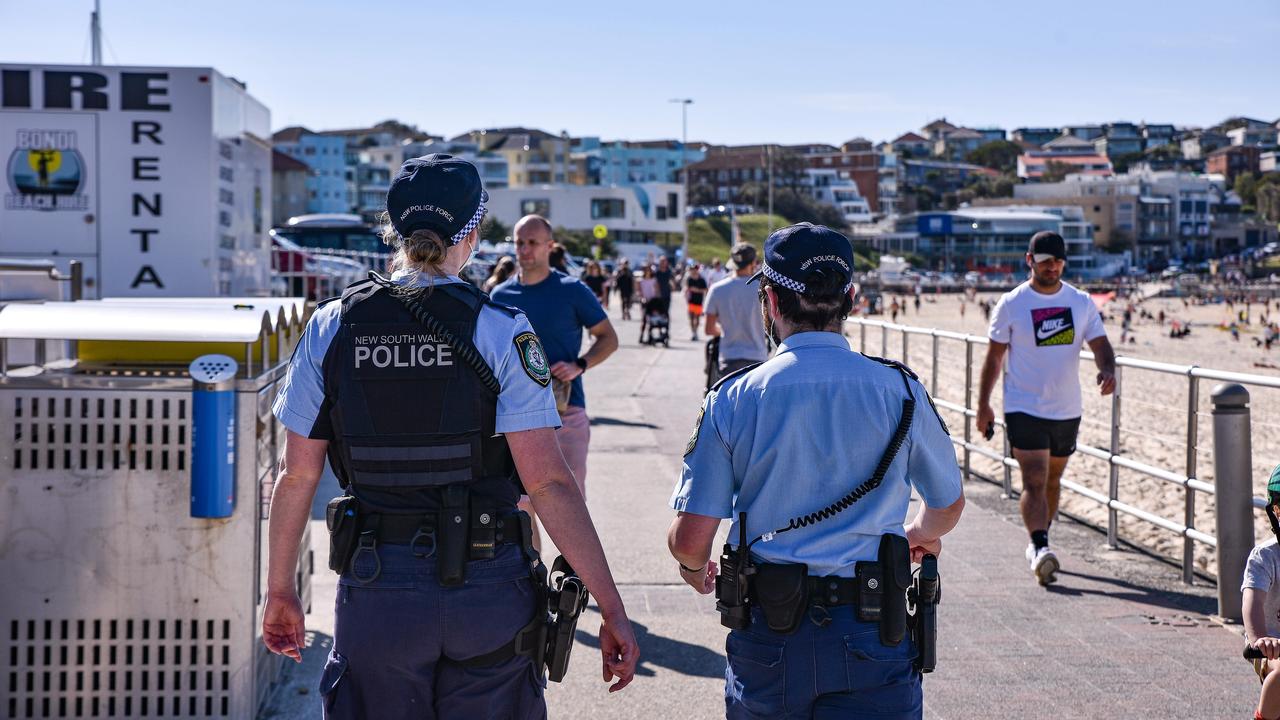Crimes recorded in Victoria rise with increases in carjackings, drug dealing, trafficking and stalking
The number of crimes recorded in Victoria has risen with increases in carjackings, drug dealing and trafficking and stalking.

The number of crimes recorded in Victoria rose 1.7 per cent last year with significant increases in carjackings, drug dealing and trafficking and stalking/harassment offences, according to Crime Statistics Agency figures published today.
Police recorded 247 carjackings in 2018, 63 more than in 2017. Victoria Police Deputy Commissioner Shane Patton said police realised the brazen offending was a real concern for the community.
“It’s a really difficult crime for us because of the opportunistic nature of it,” he said.
“You don’t really see patterns and it’s a very difficult one to police.”
However Mr Patton said one-third of the offences recorded were attempts and in 10 per cent of cases the parties were known to each other.
Recorded drug dealing and trafficking was up 9.5 per cent which Mr Patton attributed to proactive policing, as well as a 3.5 per cent rise in weapons and explosives offences.
Mr Patton said the overall rise in offences recorded was partially due to the increase on police and greater detection of crimes.
“The increase in police resources is having an impact on the number of offences and we would expect that trend to continue,” he said.
Mr Patton said officers were holding people to account by heavily policing breaches of orders which were up 5.8 per cent.
“We should be seeing improved safety for people as a result of us enforcing all these breaches,” he said.
He said the five per cent increase in the number of bail offences recorded showed police were contributing to the safety of Victoria.
Significant falls were recorded across aggravated burglaries, down 7.5 per cent, and home invasions, down 27.3 per cent.
“Targeting these offences is starting to bite,” Mr Patton said.
Shadow police minister David Southwick said the climb in drug use and possession was concerning, especially when taking into account that 15 to 19 year olds were the largest cohort for crimes against a person.
“The over representation of the 15 to 19 year old cohort in violent crimes against the person and its relationship with the increase in drug use and possession is a public policy area that requires urgent attention,” he said.
“If we don’t take urgent remedial action now, this 15 to 19 year old cohort will become more hardened and violent criminals in later years.”


